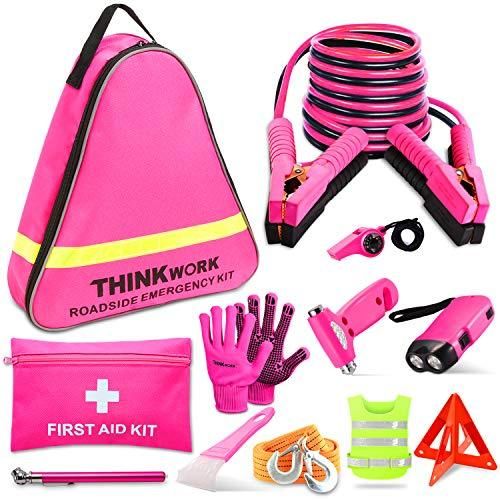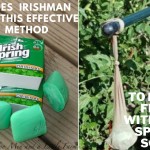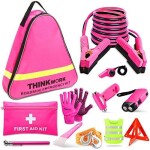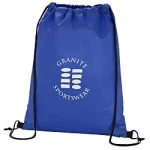You need a thorough assortment of tools whether you have an urgent repair job at home or a long-term DIY project in the works Basic Tools in 2025. And it’s something that a growing number of people are becoming aware of. When compared to the same month the previous year, online sales of home improvement and gardening retail products increased by about 50% in March 2024. We’ll go over the essentia
Table of contents [Show]
Screwdriver set
Unscrewing fixtures and securing screws in place is at the heart of many DIY jobs. It can be incredibly frustrating when you don’t have the right collection of screwdrivers to continue with a job. Screwdriver sets can vary in price from just over £10 to around £60. More expensive sets will give you more screwdriver sizes and perks such as magnetic tips, but ultimately you should go for the set that will suit your DIY projects the best.
Duct tape
Duct tape is a versatile tool that can benefit you in every day life as well as during DIY projects. This tough, durable tape can be used to repair or fix most materials in place. And it should be easy enough to purchase at most DIY outlets too.
Safety accessories
When you’re just starting out with DIY, you want to be as safe as possible. Safety accessories are often overlooked but they can help you avoid serious injury if you make a mistake. Work gloves are one of the first pieces you should go for: they make DIY work more comfortable and if you slip, they can prevent you from seriously cutting your hands. On top of this, a ventilator can help you breathe in a dusty environment, while knee pads and glasses should be considered as essentials too.
Pliers
Pliers are extremely useful for many DIY tasks. They can help you precisely cut or clamp tough wires and metals during your projects. There’s a wide array of different pliers available though and it can be worth having a few different variations in your toolbox to cover you for different projects.
Hammer
A hammer is a must have for nine out of ten DIY projects. This tool can help you firmly nail materials together, while a claw hammer has the added benefit of being able to prise nails back out of a material. One hammer should be enough, as long as it feels comfortable and easy to wield.
If you’re considering any DIY job you’ll need a basic toolbox. By purchasing duct tape, safety equipment, pliers, a hammer and a screwdriver set you should be prepared for your next exciting project.
Choosing the appropriate equipment for the job is half the joy of starting a DIY project or maintaining your house.
As the years pass and your projects get more ambitious, you’ll most certainly amass hundreds of tools, just like we have.
But these are the fundamental instruments we just cannot live without, and we rely on them on a regular basis for general maintenance and specialised tasks.
We guarantee that each will find a permanent home in your toolbox, shed, or workshop.
SOLIDWORKS 2025 Basic Tools is the first book in a three part series. It introduces new users to the SOLIDWORKS interface, SOLIDWORKS tools and basic modeling techniques. It provides you with a strong understanding of SOLIDWORKS and covers the creation of parts, assemblies and drawings. Every lesson and exercise in this book was created based on real world projects. Each of these projects has been broken down and developed into easy and comprehensible steps. Furthermore, at the end of every chapter there are self test questionnaires to ensure that you have gained sufficient knowledge from each section before moving on to more advanced lessons. This book takes the approach that in order to understand SOLIDWORKS, inside and out, you should create everything from the beginning and take it step by step
Who this book is for
This book is for the beginner who is not familiar with the SOLIDWORKS program and its add ins.
Table of SOLIDWORKS User Interface
1. System Options
2. Document Templates
3. Basic Solid Modeling – Extrude Options
4. Basic Solid Modeling – Extrude & Revolve
5. Revolved Parts
6. Rib & Shell Features
7. Patterns
8. Part Configuration
9. Modeling Threads
10. Bottom Up Assembly
11. Using Advanced Mates
12. Kinematics – Assembly Motions
13. PhotoView360 Basics
14. Drawing Preparations
15. Assembly Drawings
16. Drawing Views
17. Detailing
18. Sheet Metal Drawings
19. Configurations
20. Design Tables
CSWA Preparation Materials
Glossary
Index
SOLIDWORKS Quick-Guides







































